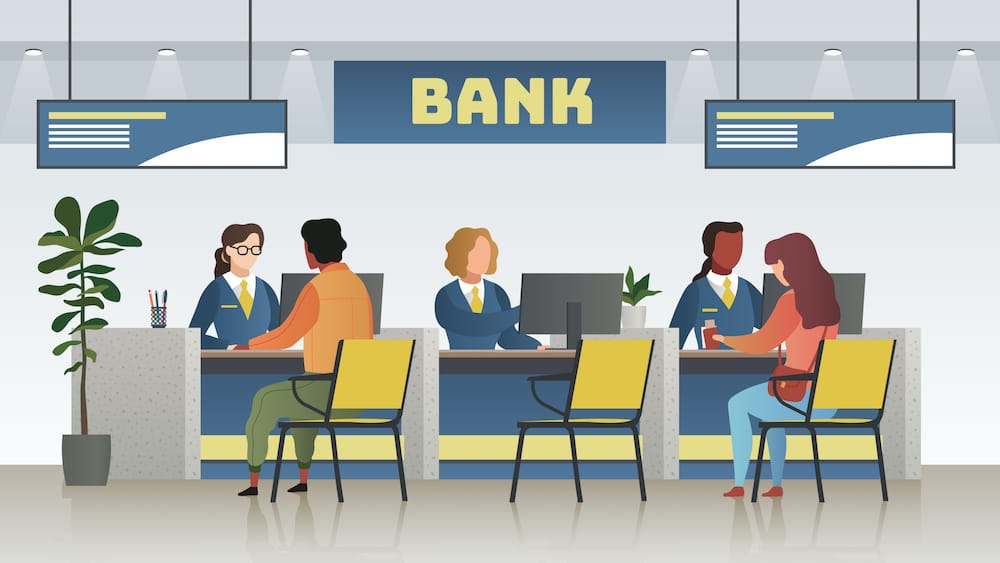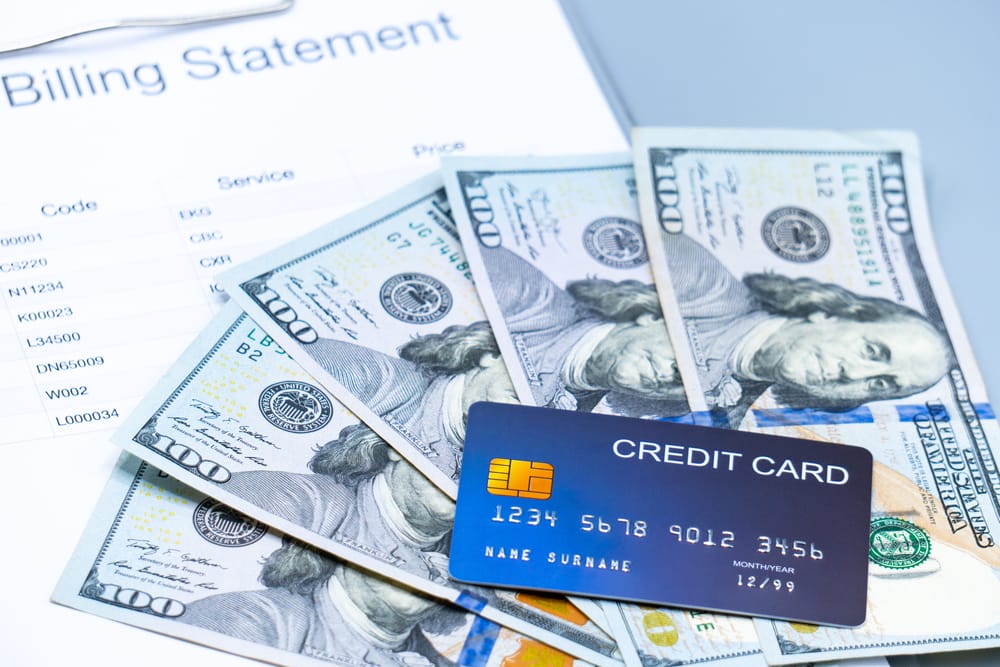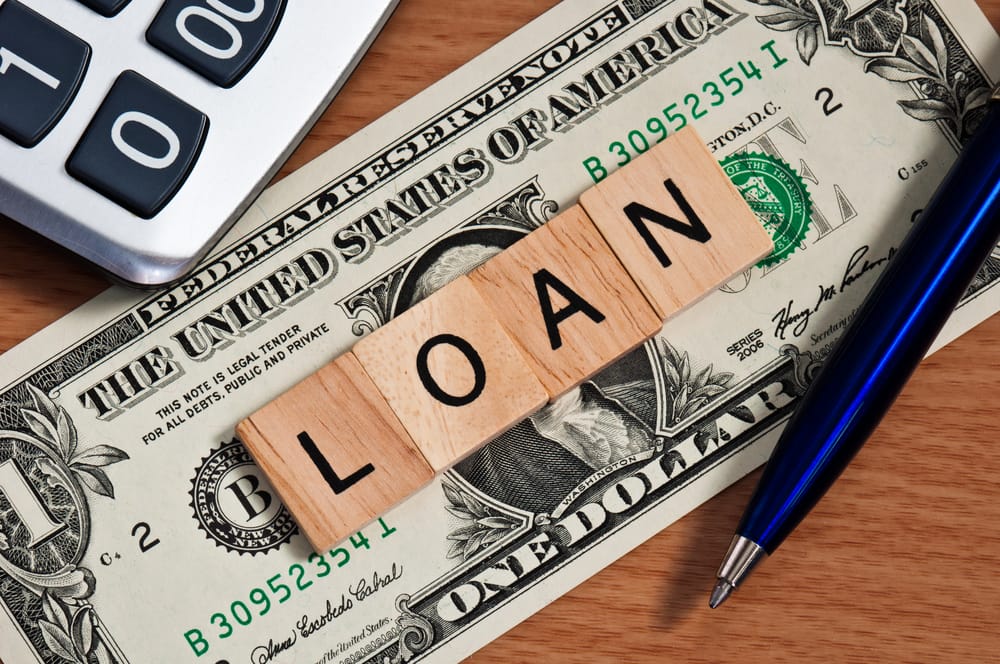If you’ve ever wondered how do banks make money, you aren’t alone. It might seem like banks are always giving things away, but they are businesses that have a consistent and varied revenue stream. Yes, banks usually have vaults filled with paper money, but that’s not where they make money.
Banks might be known for giving away toasters or free checking accounts, but they have other expenses. They have employees, mortgages, and other typical business expenses. In comparison, those business expenses outweigh the little things like free checking accounts.
Making Money with Money
The question about how do banks make money comes from the fact that banks don’t make anything, and they don’t sell anything. Instead, they make money from money. The concept of making money with money might be commonplace for investors, but not necessarily for everyone else.
What Banks Do

To fully understand the ways banks make money, you should understand what banks do. For the average customer with a savings or checking account, the behind-the-scenes activity at a bank can be surprising. Banks have several other products like loans, credit cards, and certificates of deposits.
Banks make their money by loaning money and borrowing money. When they borrow money, banks pay a low-interest rate, and when they lend it, they charge a higher interest rate. Consider how much money customers make on their savings accounts compared to how much customers pay in interest on their loans.
Unfortunately for banks, the interest rate they charge is not always up to them. Banks have to investigate the creditworthiness of everyone who applies for a loan. Banks and other financial institutions charge high-interest rates to loan money because loans are risky. High-interest rates protect the banks from people who might default on their loans.
Banks also make money through the fees they charge their customers. From overdraft fees to ATM usage fees, these small fees add up both for customers and banks. To see the plethora of ways banks make money, ask a bank teller for a copy of the fee schedule.
Banks provide several investment services, too. These services are lucrative for banks because they involve high dollar amounts. Investment services are usually separate from the bank and its traditional products, but the investment income still affects its bottom line.
How Do Banks Make Money
There are several ways banks make… bank. You might have products or services that help put money in your local bank's pocket without even realizing it.
Here are 11 ways banks make money
1. Mortgage fees

When you apply for a mortgage, the application is not free. Banks charge a substantial fee for the application process. To buy a house with a mortgage, you have to pay closing costs, appraisal costs, and inspection costs. These usually go to someone other than the bank, but the bank has its own long list of fees.
How Banks Do It
Mortgage fees that go directly to the bank include a 0.05% loan origination fee based on the price of the home and an application fee of around $350 just to get the process started. Buying a new home might also include paying an attorney fee, assumption fee, and prepaid interest.
After the home buyer takes possession, they have to pay the mortgage each month. Usually, the borrower has a payment that includes the principal and interest. The interest is often around 5%, so banks have that regular income from each mortgage account they hold. Banks usually roll their fees into the loan, so the 0.05% that you paid for the
Pros:
- Banks roll the mortgage fees into the loans, so customers do not have to pay them out of their pockets.
- Banks make money on every loan they originate.
Cons:
- Customers can shop around for the lowest fees.
- Some mortgage companies compete with banks by charging a set fee for all loans.
2. Penalties
Banks charge customers penalty fees for overdraft accounts and for using ATMs that are outside of the bank’s network.
How Banks Do It
Often, those overdraft fees are $30 or more for every overdrawn check. Some banks charge monthly fees for having an account. Usually, the banks assess fees if the account holder does not meet the requirements to wave them.
Banks arrange daily checking account withdrawals to benefit their fee schedules. If a customer has several withdrawals in one day and they overdraw their account, banks will withdraw the largest amount first. Then, the smaller amounts continue to overdraw the account and get their own $30 fee. Some customers accrue several fees in one day
If banks withdrew the smaller amounts first, then fewer amounts could overdraw the account. But, because of the order banks arrange withdrawals, they can charge more fees when customers make mistakes on their accounts.
Some banks offer overdraft protection for checking accounts. Customers can connect their savings accounts to cover overdrafts. Some overdraft accounts come in the form of short-term loans with interest so that banks can benefit from customers overdrawing and dipping into their interest-accruing protective accounts.
Pros:
- Banks make money by processing withdrawals in a way that benefits them.
- Some banks offer overdraft protection in the form of short-term loans.
- Overdraft protection includes interest.
- Customers can arrange for their banks to send them warnings when their accounts drop below a preset amount.
Cons:
- Customers can shop around for banks with the lowest overdraft fees.
- Customers can attach their savings accounts or overdraft accounts to protect their finances.
3. Credit card fees

Credit cards are lucrative money-makers for banks.
How Banks Do It
Lenders often charge interest rates that exceed 10%, and some have interest rates over 20%. Banks don’t just have their own branded cards. Some banks offer credit cards through stores, too.
Banks expect that people will make late payments, so they make money off of those $35 late-payment fees. They also charge fees when customers exceed their credit limits, and they make money when customers buy credit insurance. Credit card companies often charge annual fees for some accounts.
Banks also charge fees for balance transfers and cash advances on their credit cards. Cash advance fees come from money withdrawn from ATMs. The fees are usually around 4% of the amount withdrawn, and they are assessed on each transaction. Balance transfer fees are also lucrative for banks. These fees are usually around 4% of the amount transferred.
Pros:
- Banks offer customers convenient ways to make purchases through credit cards.
Banks make money off of the interest rates, but customers make monthly payments they can afford. - Banks can change interest rates whenever they want, as long as they send notifications to their customers.
Cons:
- Some customers pay off their credit card balances each month. So banks cannot make money off of interest.
- Customers can shop around for credit cards with the lowest interest rates and without annual fees.
4. Account annual fees
Banks can charge fees for accounts, as long as they explain the fees to their customers.
How Banks Do It
Even though federal laws require banks to disclose all of their fees, customers often ignore them. This is why so many banks can charge annual fees for some accounts. Credit cards often come with annual fees of around $50 or more, and some savings accounts and checking accounts also have them.
Customers are more likely to accept an annual fee rather than a monthly fee, simply because the banks charge them once, rather than twelve times.
Pros:
- Banks charge the credit card or automatically withdraw the fee, so they are guaranteed to get them.
- Fees are easy money for banks.
Cons:
- Customers shop around for accounts that do not have fees.
- Customers often bypass the fees by maintaining minimum balances or making a minimum number of purchases.
5. Broker fees

If your bank offers investment services, you can believe that your bank makes significant money off of those services.
How Banks Do It
Banks charge brokerage fees every time that an investment banker is involved in a transaction for a customer. They might not charge customers directly, instead making money from interest or from the funds they fill. The fees are often a percentage of the invested capital, sometimes around 5% or more.
Considering that any bank's investment services arm works with customers who often have more money than the FDIC insures, the fees are substantial. The FDIC insures up to $250,000, so investors with large bank accounts will put money in traditional accounts, and invest more.
Pros:
- Banks get brokerage fees from a variety of sources.
- Customers like to use a bank’s investment services because banks are trustworthy.
- Investment bankers often earn commissions from the funds they recommend to their clients.
- Banks often have lower service fees than investment companies.
Cons:
- Banks have to pay the salaries of their investment bankers.
- Investment services divisions are expensive for banks to cover.
6. Loan fees
Along with mortgages, banks give personal, automotive, and business loans. These types of loans have their own fees.
How Banks Do It
Many come with origination fees that cover the cost of applying for the loan, reading credit reports, and taking care of the paperwork. Banks try to keep the origination fees low, but they roll them into the loan to earn interest on them.
For example, original fees might be 1% of the loan principal. On a $30,000 loan, the origination fee is $300. If the interest rate is 5% for six years, that $300 will become $402. Loan fees matter.
These types of loans also come with fee schedules. Late payment fees get pushed into the loan; if customers are late frequently, another payment could be added on at the end of the loan. High-risk borrowers might have to pay service fees or other small fees that help banks guarantee they can recoup their risk.
Pros:
- Fees are often the same between banks.
- Customers appreciate that the fees are rolled into their loans.
Cons:
- Customers can use other types of financial institutions for auto and business loans.
- Banks take on significant risk when they offer personal or business loans.
- Customers with poor credit often get higher interest rates than customers with high credit scores.
7. Interbank lending

Banks make money loaning money to customers, and they make money loaning money to other banks and financial institutions.
How Banks Do It
Often, the loans are short-term, like a few months or even overnight. The banks levy interest rate on a specific amount of the loan. The interest rate often goes to an account that pays for maintenance and services.
Banks usually have a regular flow of income from interbank lending insurance. Banks need to prove that they are liquid at all times, so they often borrow money from other banks when they have payouts that might dip into their minimum balance requirements.
Banks borrow from each other because the interest rates they charge each other are lower than any other source. Banks save money by borrowing from each other, and they help each other make money through these loans. It’s a win-win for both banks involved in the transaction.
Interbank lending is not only done with large sums of money. Banks also put assets into the interbank market. The assets are usually non-performing assets that become liabilities. When they give them to the interbank market, they instantly become revenue sources with a minimal service cost.
Pros:
- Banks charge each other affordable interest rates.
- Banks get to make money off of the low-interest rates.
- These loans help banks stay afloat and within legal balance requirements.
Cons:
- Banks pay each other higher interest than they pay their customers.
- Customers do not know which banks are borrowing money frequently.
8. Merchant transaction fees
Credit cards aren’t just lucrative for banks because of their high-interest rates. They are lucrative because banks can charge merchant transaction fees.
How Banks Do It
Every time that a business swipes a credit card, the bank that processes it earns a percent or two off of the total. Some credit card processing fees also include a .10 charge for every swipe.
Consider how many credit cards are swiped every minute at every grocery store, gas station, and online shop. The merchant services get their fees immediately from each transaction, so they do not have to worry about receiving payments from the businesses.
Pros:
- Customers do not pay the fees directly.
- Banks keep the fees low, usually around 2% per transaction.
Cons:
- Merchants might raise their prices to cover the fees.
- Merchants have no other option for credit card processing.
9. Vault space

Every bank branch has a large vault that has plenty of space to rent. Items kept in a vault are protected from fire, flood, and other natural disasters.
How Banks Do It
People often rent small spaces in vaults for low monthly fees, but with all of the spaces available, banks make significant money from them. In some instances, families rent these spaces for years and pay rent annually or monthly.
The space that people rent in vaults is called safety deposit boxes. Each box has two keys, one master key that the bank holds and individual keys that the renters use. The renter and a banker must open the safe-deposit boxes together. Most people keep valuables like jewelry, cash, and documents in the boxes.
Many customers have their rental fees assessed automatically, so they don’t have to worry about it. But, if customers default and stop paying their rent, banks can take the assets inside of the vault. So banks also make money by selling those assets.
Pros:
- Banks have plenty of space to offer.
- Customers pay low fees to rent the space.
Cons:
- Customers forget they have safe-deposit boxes.
- Forgotten assets go to the bank if boxes aren’t emptied.
- Customers must have a key to access their safe-deposit boxes.
10. Auctions
Banks also make money through auctions, both by buying and selling in them.
How Banks Do It
Sometimes they make money by selling their own assets through auctions. Other times, they make money by buying assets in an auction. For example, banks often buy foreclosed properties for low prices at auctions, then they turn around and sell the properties for double or triple what they paid at auction.
Banks can sell the assets in safety deposit boxes at an auction. These might not bring in the same amount of money as a foreclosed property, but they become lucrative because the banks did not have to buy the assets before they sold them.
Pros:
- Banks can both buy and sell to make money at auctions.
- Banks can buy homes cheaply, and resell them for low, affordable prices.
Cons:
- Auctions are usually on property and assets that customers have stopped paying for.
11. ATM Fees

Banks also make money off of ATM fees. These are small fees that add up significantly over time.
How Banks Do It
ATM fees are assessed when a customer uses a machine that is not in their banking network. Some ATM users have to pay two fees, one for the ATM they use and another for their bank to take care of the transaction.
For example, if you are a customer at a credit union, but you use an ATM at a bank, you will have a fee. The credit union might charge you a fee for using a strange ATM, and the bank will charge you a fee for using their ATM. The fees are usually around $2, so your one transaction could cost upwards of $4.
Pros:
- ATMs are convenient for customers.
- ATM fees are low, so customers often accept them without worry.
Cons:
- Customers can shop around for banks that refund fees or do not charge them at all.
